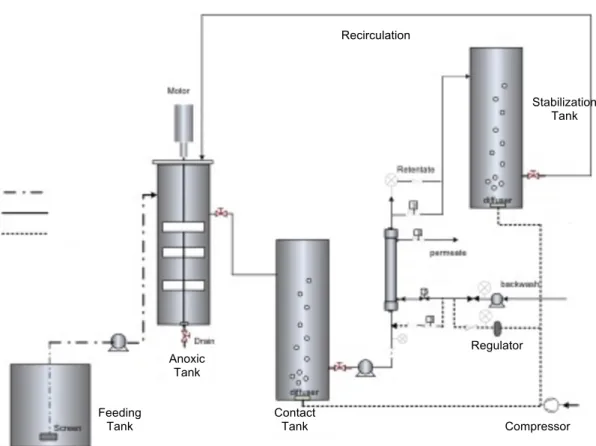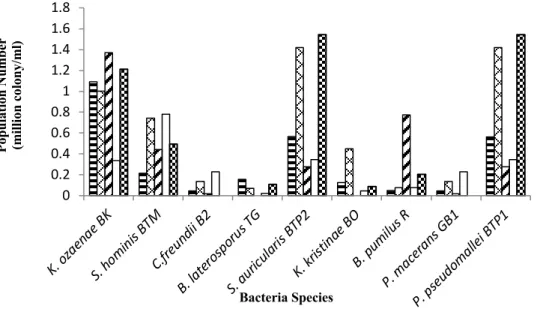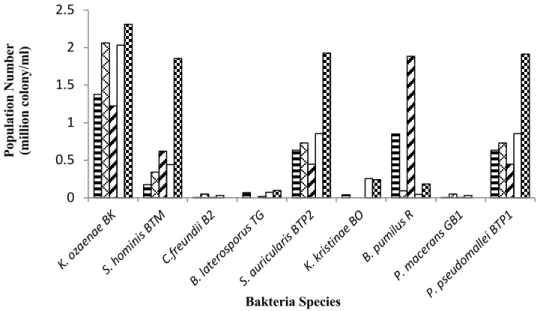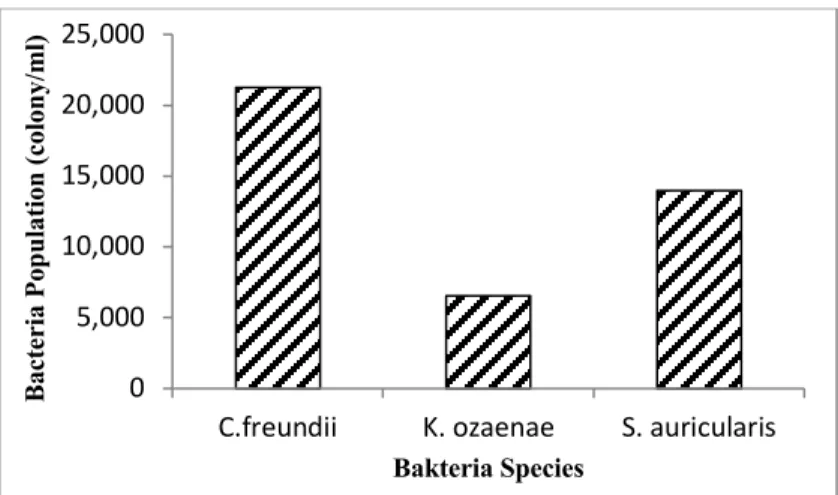I would like to congratulate the Malaysia-Japan International Institute of Technology for organizing the International Conference on Sustainable Initiatives 20L5 in conjunction with the SIhASEAN Environmental Engineering Conference 2015. I believe that all participants will benefit from the discussion and deliberations at this international conference on sustainable initiatives in June 2015. with 8'hAsEAN Environmenta I. On behalf of AUN/SEED-Net, I would like to welcome all participants to Kuala Lumpur, Malaysia and express my sincere gratitude to the Malaysia-Japan lnternational lnstitute of Technology (MllllT) , UniversitiTeknologi Malaysia (UTM) Kuala Lumpur as the dedicated host of the International Conference on Sustainable Initiatives (lCSl 2015) in conjunction with the 8th ASEAN Environmental Engineering Conference (AEEC) this year.
I extend my warmest welcome to all participants of the International Conference on Sustainable Initiatives (lCSl2015) in conjunction with the 8th ASEAN Environmental Engineering Conference (AEEC2015) held at Malaysia Japan lnternational lnstitute of Technology (MJllT), UTM, Kuala Lumpur funded of the ASEAN University Network Southeast Asia Engineering Education Development Network (AuN/SEED-Net). We are very honored to be given this trust by AUN/SEED-Net for the fourth time, hosting the International Conference on Electrical and Electronics Engineering 2014 and Workshop on Management of Technology for two consecutive years of ZAL4 and 2015. This conference is a platform to share contemporary research trends and experiences in regional common issues as well as to reveal research work of AUN/SEED-Net members and others.
On behalf of MJllT, I would like to thank the Vice-Chancellor of Universiti Teknologi Malaysia, Prof Datuk lr. I would like to express my appreciation to the organizing committee members for their hard work in preparing the conference. To the plenary speakers, keynote speakers, participants and exhibitors, we would like to express our gratitude for your contribution in making this conference a success.
For overseas participants, we would like to invite you to various places of interest in Malaysia.
KEYNOTE AND INVITED SPEAKERS
He also sits on the boards of several public institutions, and is a former member of the National Water Services Commission. He has received many awards including Kyoto Human Grand Prize 2O],5, Distinguished Achievement Award, Society of Environmental Science, Japan 201.2, Distinguished Services Award of Japan Sewage Works 201,1-, Academy of Distinguished Alumni of Civil, Archirectural and Environmental Engineering , The University of Texas at Austin(2008), Academic ',r-ize, Japan Society on Water Environment (2002), Vollenweider Lectureship in Aquatic Sciences, Canadian National \t'ater Research Institute, Environment Canada (1995), Distrnguished. Lecture Award, Association of Environmental Engineering Professors, North America{1993), etc. Satoshi Takizawa University of Tokyo Title: The Future Perspective of Environmental Engineering in Asian Countries.
Professor Takizawa chaired the New Water Supply Vision Committee in 2013, the Minister of Health, Labor and Welfare and also chaired the working group under the International Development Water Company working group with the Ministry of Economic Affairs, Trade and Industry in 2010. He was the editor of the Journals of Wood Science and Mokuzai Gakkaishi, The Japan Wood Research Society. In addition, he was the former President of the Biomass Division, Japan lnstitute of Energy, Japan, and elected a Fellow of the lnternational Academy of Wood Science in 2008, and is currently Japan's Country Representative to the lnternational Energy Agency (IEA), Task 39 ( liquid biofuels).
Since 2014, Professor Scowen has been the Founding Head of Chemistry at the University of Lincoln, UK. Before that, Prof. Scowen Head of Chemical and Forensic Sciences at the University of Bradford. Biography: Professor Yoshihiro Shiraiwa, a plant and algae physiologist and phycologist, is a professor at the Faculty of Life and Environmental Sciences, University of Tsukuba. He is also Assistant to the President of the University of Tsukuba for the Special Mission on Environmental Issues.
Yoshihiro Shiraiwa obtained a bachelor's degree in science from Niigata University, Japan in 19?3'. He received the master's degree in science from Tokyo Kyoiku University University of TokYo in 1979. As of 2011, he belongs to the current affiliation through the Graduate School of Life and Environmental Sciences through reorganization at the University of Tsukuba. He received the Marine Biotechnology Editorial Board-Recognition Award from Springer New York in 2006, the Japanese Society for Marine Biotechnology Award for best paper of the year 2009 published in Marine Biotechnology in 2010, and the Japanese Society for Marine Biotechnology Award in 2015.
MSc from UMIST, UK, and PhD from University of Edinburgh, Scotland, all in Chemical Engineering. He is the author of the 2014 book on process integration and intensification - Saving energy, water and resources. He was the vice-chairman of the Board of Judges for the Southeast Asia Energy Awards program.
Institut Teknologi Internasional Malaysialopan (MlllT), Universitas Teknologi Malaysia (UTM), MALAYSIA, Universitas Tsukubo, JEPANG. Institut Teknologi Internasional Malaysialapan (MJllT), Universitas Teknologi Malaysia (UTM), Universitas MAUYSI \ Tokushima, Universitas Toyo, Universitas Prefektur Akito, Universitas Tsukuba, Universitas Nagasoki, JEPANG.
POPULATION DYNAMICS OF BACTERIA IN AN ANOXIC-AEROBIC MEMBRANE BIOREACTOR IN THE BIODEGRADATION OF AZO DYES
METHODOLOGY Microorganisms
Microorganisms were enriched and grown under aerobic conditions in a mixture of industrial wastewater tempeh as co-substrate and azo dye as main substrate. Tempeh waste as a co-substrate was used as a source of organic carbon and nutrients in this study derived from the waste from the tempeh boiling process. Tempeh waste was used in this study as a co-substrate because it has sufficient organic carbon and nutrient for the growth of microorganisms [4].
Thus, tempeh waste is feasible to replace yeast extract as a source of carbon and nutrients in the biodegradation of azo dyes. Bioreactors consist of anoxic tank, contact tank and stabilization tank with a constant hydraulic retention time (HVT) of 4, 2 and 4 hours respectively during the operation. External membrane ultrafiltration hollow fiber type made of polysulfone was placed between the contact tank and stabilization tank.
Feed in the form of a mixture of dyes and tempeh waste was flowed into the anoxic tank equipped with a mechanical stirrer at a speed of about 40-60 rpm. The mixture is then aerated in the contact tank to grow biomass with the dissolved oxygen (DO) concentration around 5 mg/L. From the contact tank, the mixture was pumped into the membrane with a diaphragm pump at a certain pressure.
Finally, the biomass was returned by gravity from the stabilization tank to the anoxic tank, and so on, continuously. Biomass removal was done every day according to the sludge retention time (SRT) of the stabilization tank. The changes in co-substrate (tempeh waste) concentration tempe with fixed color concentration of 120 mg/L and constant hydraulic retention time (HRT) and constant fixed retention time (SRT) were studied.
The optimum feed concentration was determined by the biomass growth rate in the reactor that produced the highest. MBR performance was observed by parameter of mixed liquor volatile suspended solid (MLVSS), co-substrate concentration, azo-dyes concentration, flux and pressure of the external membrane. Biomass samples in the form of a mixed solution from each tank were taken daily in each different concentration of co-substrate.
RESULT & DISCUSSION MBR Performance
2 number of biomass population in the bioreactor was found in the anoxic tank of about 3x106 colony/ml compared to the population in the contact tank and stabilization tank (4.1x106 colony/ml and 5x106 colony/ml). The presence of these bacteria in the anoxic tank converted complex carbon from Tempeh waste to more simple carbon sources such as glucose and sucrose. Thus, the decrease in the number of microorganisms led to a decrease in MBR overall performance.
The process that takes place in the contact tank is the process of absorption of substrates and nutrients by microorganisms. Thus, the presence of a population of microorganisms in the tank would be similar to the dominant bacteria that grew in the anoxic tank. This is evident from the increased number of these facultatively anaerobic bacteria in the contact tank.
As in the case of the anoxic tank and the contact tank, increasing the concentration of food generally increased the number of the dominant population of K.ozaenae BK, S. The population pattern of microorganisms in the stabilization tank was similar to the pattern of microorganisms in the tank anoxic. The presence of microorganisms in the stabilization tanks was more diverse than in the contact tank.
Therefore, a reduction in the number of biomass in the tank can occur if the conditions in the membrane lumen change. During the flow of biomass through the membrane, a change in the composition of the dominant microorganisms was found. The attached growth bacteria that are resistant to the extreme conditions in the membrane environment become the dominant bacteria and play an important role in the membrane.
However, the presence of this bacterium also contributed to color removal and organic compounds in the membrane. This was due to the anoxic conditions that occurred in the biofilm layer, which caused the color removal to occur on the membrane surface. The color removal process occurred mainly in the anoxic tank, although the population of bacteria in this tank was smaller than in the contact and stabilization tanks.
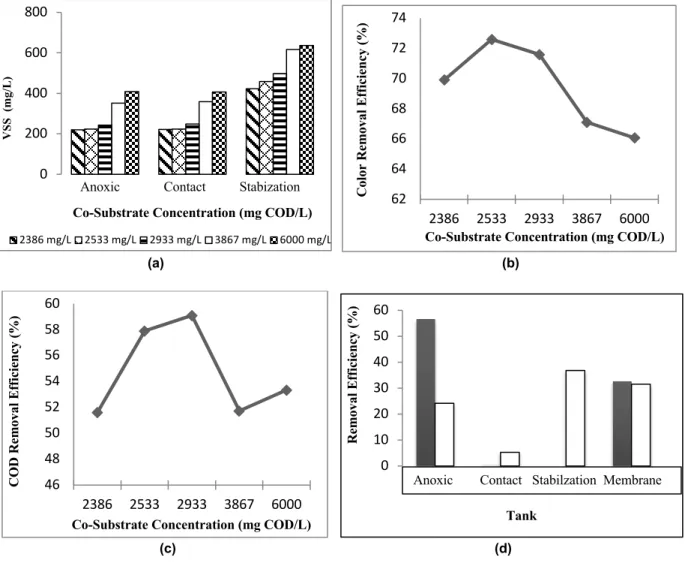
CONCLUSION
